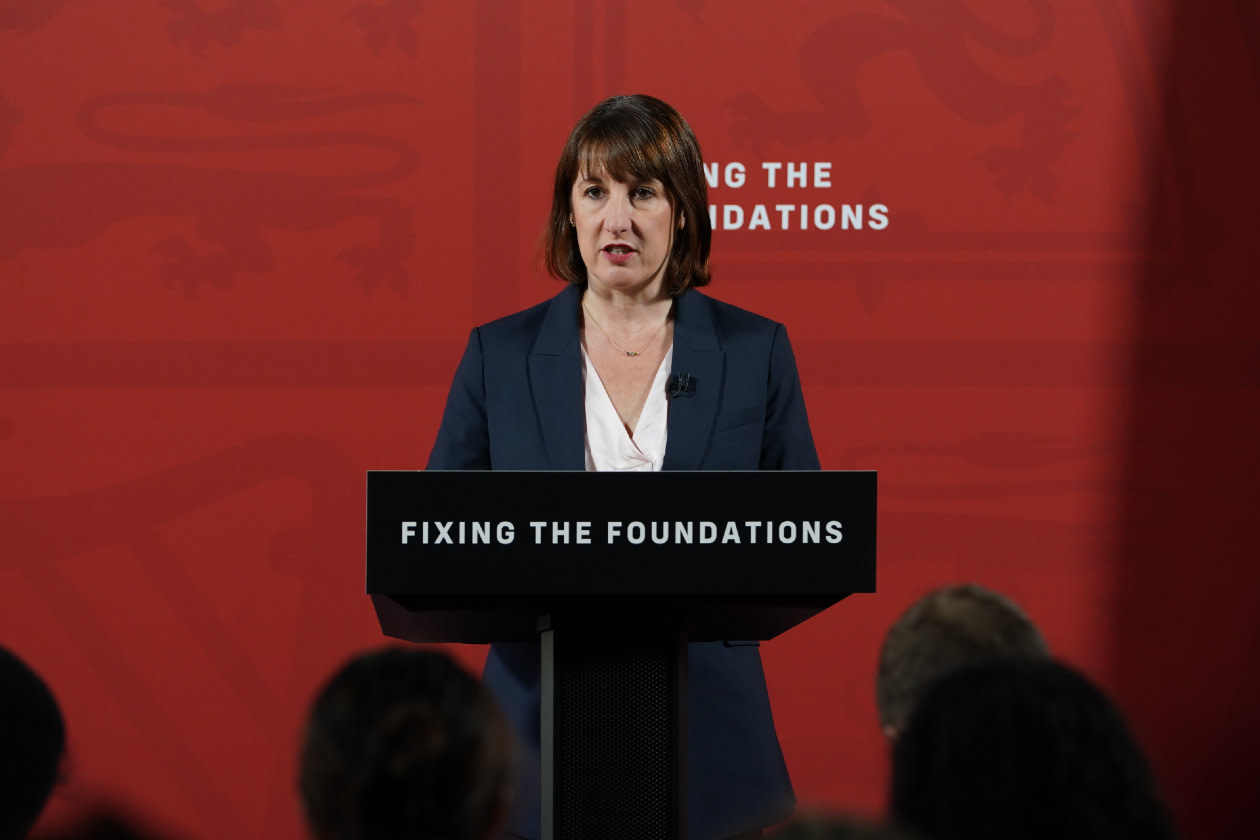Last week Chancellor Rachel Reeves made a number of announcements aimed at kickstarting growth in the UK economy, leaving lots of investors wondering how their investments could benefit.
Recent data from the Investment Association shows there’s been a steady and continued growth in retail investment since 2020. The share of assets managed on behalf of retail investors now stands at just over a quarter of all assets under management.
While the National Wealth Fund has lofty ambitions to attract inward investment from the big beasts of global finance, it’s not currently possible for retail investors to be part of those investments.
If the government can find a way for the armies of smaller retail investors to add to the pool of assets being used by the National Wealth Fund, it could help boost UK growth even further. The government could also increase investment in UK companies by abolishing stamp duty on shares.
We’d support scrapping stamp duty on shares to help boost the attractiveness of buying UK-listed stocks. Investors currently pay 0.5 per cent tax, however you don’t pay stamp duty on foreign-listed shares.
Is infrastructure the key?
With the majority of the announcements from Reeves’ speech linked to infrastructure projects across the country, investors could look at funds that invest infrastructure assets for the long term.
It’s possible that increased spending in other infrastructure areas will increase the value of those that some fund managers have already invested in.
Similarly, looking to invest more in the wider UK economy makes sense if the infrastructure projects stand to increase economic growth more generally. Investors can therefore look to funds that invest in UK companies too.
Here are 3 fund ideas that could benefit longer term from the proposed changes.
This article isn’t personal advice. Remember, investments and any income from them can rise and fall in value, so you could get back less than you invest. Yields are variable and past performance isn’t a guide to the future. If you’re not sure if an investment’s right for you, ask for financial advice.
Investing in these funds and trusts isn’t right for everyone. Investors should only invest if the investment’s objectives are aligned with their own, and there’s a specific need for the type of investment being made. Investors should understand the specific risks before they invest, and make sure any new investment forms part of a diversified portfolio.
For more details on each fund and trust, and its risks, use the links to their factsheets and key investor information.
Baillie Gifford Monthly Income
This fund invests across three broad investment areas – shares, real assets (like infrastructure and property) and bonds.
We believe this could help it take advantage of several themes emerging for the year, including increased spending by the UK government to kickstart growth.
This is particularly true for any assets linked to renewable energy, as the transition to a more sustainable economy starts to accelerate.
This fund invests in several trusts which own and operate renewable energy infrastructure:
Greencoat UK Wind, which operates onshore and offshore UK wind farms in the UK.
The Renewables Infrastructure Group, operators of on and offshore wind farms and solar parks in the UK and Europe.
Foresight Environmental Infrastructure Ltd, whose portfolio includes wind farms, waste management and bioenergy projects, solar parks and hydro plants.
The shares and bonds invested in by the fund are more global. But there are also a number of UK-listed stocks in the fund which could benefit from a boost to the UK economy.
The fund invests in emerging markets, high yield bonds and derivatives, all of which add risk. Charges are taken from capital, which increases the income paid, but reduces the potential for capital growth.
For more direct exposure, investors could also consider looking at any of the investment trusts directly.
Greencoat UK Wind
The trust is one of our 5 to Watch for 2025.
It focuses on investing in onshore and offshore income-producing UK wind farms.
There are a number of tailwinds for the sector, including helping the government achieve its net-zero commitments by 2030.
On her first day as chancellor, Reeves removed the de facto ban on onshore wind farms. So, it’s clear the Labour government are keen for this area of renewable energy to grow as part of the UK energy mix.
The trust aims to pay investors a sustainable annual dividend that increases in line with inflation as measured by RPI (Retail Price Index), while preserving the value of an investment. This means the majority of any returns will come in the form of income rather than capital growth.
This trust is a great way to gain direct exposure to an area expected to see a number of tailwinds going forward. However, it’s quite a specific investment, so should probably only make up a small part of an investor’s portfolio.
Liontrust UK Growth
The fund aims to grow an investment over the long run by investing in a portfolio of companies with unique advantages over the competition.
It tends to focus on larger companies listed in the UK with ‘economic advantages’, like intellectual property, patents and trademarks.
The fund also has a lot of money invested in the industrials sector, which could be set to benefit from some of the projects announced last week.
The fund also invests significantly in consumer-facing companies, which would benefit more broadly from increases in UK economic growth and consumer spending.
The fund has the flexibility to invest in smaller companies and derivatives which if used, adds risk. It also has a relatively high carbon intensity, which adds risk.
This fund currently invests in shares of Hargreaves Lansdown Plc.
From market news and analysis to expert insights, access it all on the go with our award-winning app.


